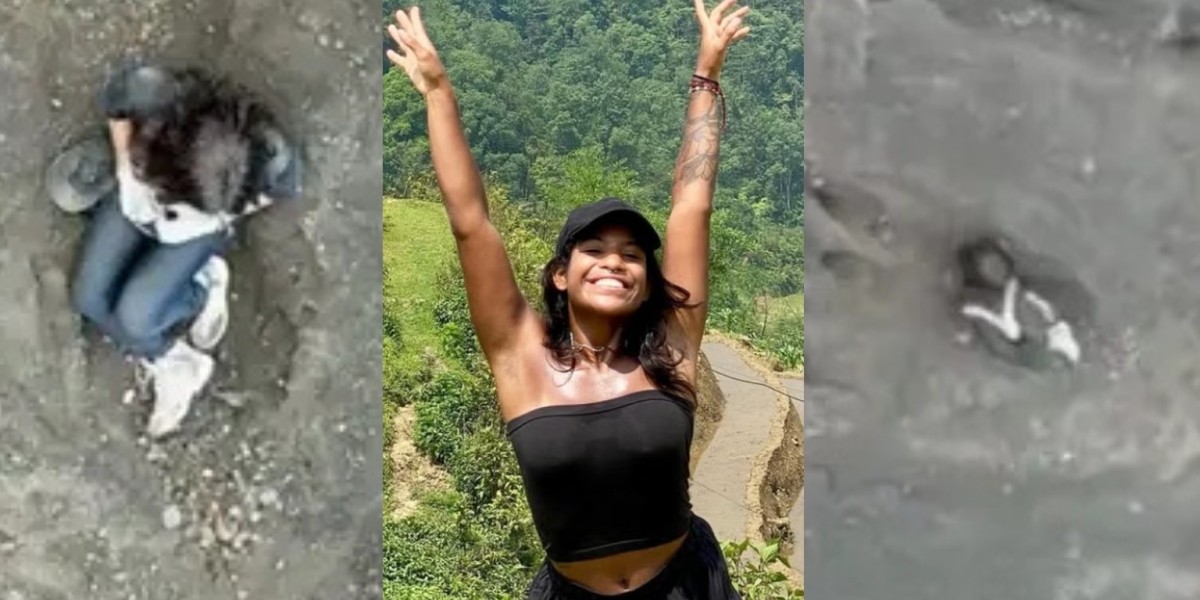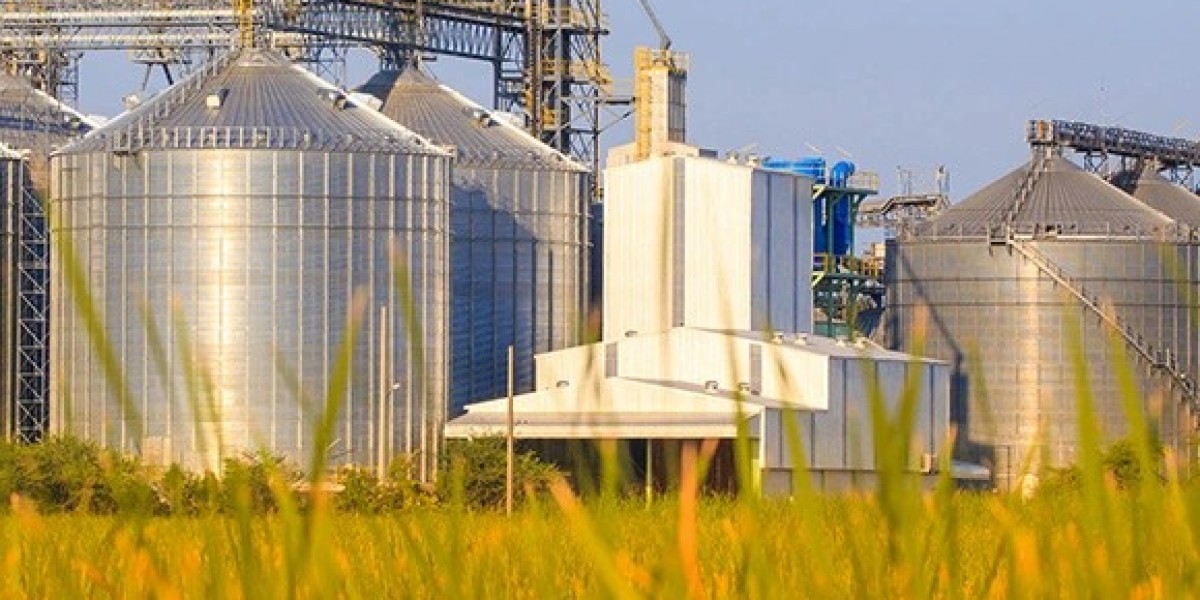Deep in the heart of Indonesia’s Ring of Fire, where towering volcanoes rise above lush tropical forests, a 26-year-old backpacker from Canada had a brush with death that changed his view of travel forever. What began as a bucket-list trek up Mount Merapi turned into a chaotic dash for survival.
He wasn’t alone. Alongside him was a fellow adventurer—a Brazilian backpacker he had met just two days earlier in Yogyakarta. The two had quickly bonded over their shared love of nature, stories from the road, and an impulsive decision to climb one of Indonesia’s most active volcanoes.
A Hike That Took a Terrifying Turn
Adam Lewis, a solo traveler from Canada, had been backpacking through Southeast Asia. An avid adventurer, he was drawn to the challenge of volcano trekking. His next stop: Mount Merapi—one of Indonesia’s most active and iconic volcanoes.
“I’d done a few volcano hikes before,” Adam said. “But nothing could’ve prepared me for this.”
Everything was going smoothly—until the sky turned.
The group started the climb in darkness, aiming for a sunrise view at the summit.
As dawn approached, thick clouds of smoke rolled in.
Without warning, the volcano rumbled—and began to erupt.
“I Thought I Was Going to Die”
What should have been a peaceful sunrise moment turned into absolute chaos.
“The sky turned orange, ash started raining down, and people began screaming,” Adam recalled. “There was a moment I truly thought—this is it. I’m not making it down.”
The group tried to flee:
Guides led the hikers away from the crater as fast as they could.
Visibility dropped to near zero with falling ash and sulfur smoke.
People were coughing, stumbling, and running blindly down steep slopes.
Adam, separated from the group in the panic, found himself alone. He ran, slid, and scrambled through ash-covered paths—uncertain whether another eruption was coming.
Rescued Just in Time
After nearly 45 minutes of panic and disorientation, Adam was found by a rescue team of local guides near a shelter on the mountain’s slope.
He was covered in ash, dehydrated, and trembling from shock.
Thankfully, no one in the group was seriously injured.
The eruption was later labeled as minor—but unpredictable.
“I’ve never been so grateful to be alive,” Adam said. “And so thankful for the guides. They saved my life.”
Lessons from the Mountain
Adam’s story quickly made its way across social media and travel blogs. His honesty about the fear he felt resonated with many travelers.
“I don’t want to scare people away from exploring,” he says, “but we need to respect nature more. These places are beautiful, but they’re also wild and dangerous.”
Volcano treks are thrilling, but they come with real risks. Adam’s experience serves as a reminder to be informed and prepared.
Volcano Safety Tips for Travelers
Planning a volcano trek? Here are some safety tips to keep in mind:
✅ Always book with a licensed local guide or company.
✅ Monitor volcanic activity reports from geological agencies.
✅ Dress for the elements—sturdy shoes, long sleeves, face coverings.
✅ Pack essentials: water, snacks, flashlight, and a small first-aid kit.
✅ Take evacuation signs and warnings seriously—even if they seem small.
The thrill of standing on the edge of a crater is real. But so is the danger. Preparation could save your life.
The Rise of Adventure Travel & Its Hidden Risks
Adventure tourism is booming. More people than ever are skipping resorts for rugged trails, remote treks, and wild natural experiences.
Young travelers crave authenticity over comfort.
Extreme environments are becoming new travel goals.
Risks are often romanticized—or misunderstood.
But with that rise comes responsibility—for travelers and tour operators alike.
“We need to talk more about safety,” Adam says. “Not just cool Instagram photos.”
Why We Still Chase the Wild
So why do people put themselves in harm’s way?
“I think we want to feel something real,” Adam explains. “When you're out there, standing on a volcano, it humbles you. It shakes you awake.”
Many psychologists believe:
Controlled risk can help build confidence.
Facing fear can create a sense of purpose.
Extreme travel can foster emotional healing.
But it must be done with knowledge, respect, and preparation.
Final Thoughts
Adam is now back home in Canada, safe and slowly recovering from the experience—physically and emotionally.
“I’ll keep exploring,” he says. “But now, I travel with more awareness, better gear, and a deeper respect for nature.”
His story isn’t meant to scare—it’s meant to wake us up.
Because the world is breathtaking. But it’s also wild. And when you step into that wilderness, you owe it to yourself to be ready.
So if you're chasing adventure—be bold, but be smart.
Respect nature’s power.
Prepare wisely.
And never assume it can’t happen to you.
After all, the line between adventure and survival can change in a heartbeat.








